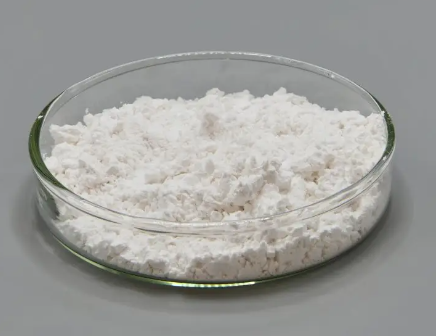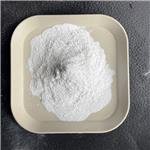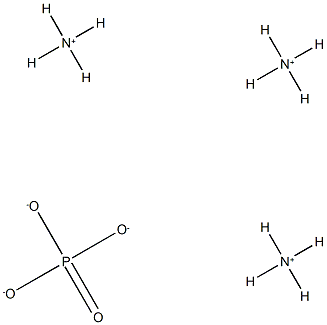Ammonium Polyphosphate: Overview and Applications in Fire Safety
Overview
Ammonium polyphosphate(APP) is an inorganic salt of polyphosphoric acid and ammonia containing both chains and possibly branching. It is a common and commercially available flame retardant for various polymeric materials due to its low cost, ease of proccessing, low toxicity, and environmental friendliness.

Properties
The properties of ammonium polyphosphate depend on the number of monomers in each molecule and to a degree on how often it branches. Shorter chains (n < 100) are more water sensitive and less thermally stable than longer chains (n > 1000), but short polymer chains (e.g. pyro-, tripoly-, and tetrapoly-) are more soluble and show increasing solubility with increasing chain length.1
Applications in Fire Safety
Ammonium Polyphosphate (APP) serves as an effective means to protect materials from fire and heat, particularly in the form of intumescent coatings for steel, thermoplastic polymers, and other composite materials. The use of APP contributes to enhancing the safety and fire-resistant properties of materials and products across various application areas.
How APP Works as a Fire Retardant
Ammonium polyphosphate (APP) is a halogen-free, environmentally friendly flame retardant, which is rich in phosphorus (P) and nitrogen (N) elements. During combustion, the phosphorus-containing groups in APP will promote matrix carbonization, and the nitrogen-containing groups will decompose to release inert N-based gases to dilute combustible gases. Additionally, the joint action of P- and N-containing groups will lead to the formation of an intumescent char layer on the matrix surface, which inhibits heat release and smoke generation, thus improving flame retardancy.
Reference
1 US 4041133, Young, Donald C., "Ammonium polyphosphate production", published 1977-08-09, assigned to Union Oil Co. of California.
You may like
See also
Lastest Price from Ammonium polyphosphate manufacturers

US $6.00/kg2025-04-21
- CAS:
- 68333-79-9
- Min. Order:
- 1kg
- Purity:
- 99%
- Supply Ability:
- 2000KG/Month

US $30.00-10.00/KG2025-04-15
- CAS:
- 68333-79-9
- Min. Order:
- 50KG
- Purity:
- 99%
- Supply Ability:
- 500000kg


